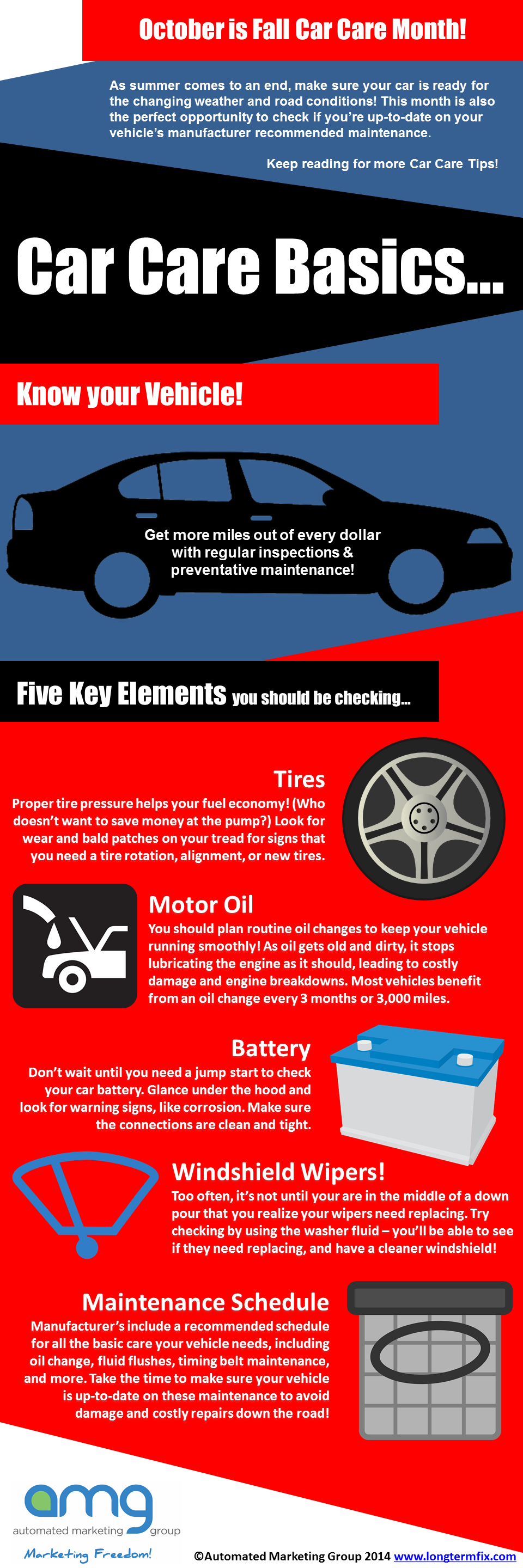Understanding The Definition Behind Your Automobile'S Warning Lighting: A Thorough Appearance
Understanding The Definition Behind Your Automobile'S Warning Lighting: A Thorough Appearance
Blog Article
Author-Lauritsen Stark
When you're behind the wheel, those beautiful caution lights on your control panel can be a bit difficult. Do you know what they're trying to inform you concerning your automobile's health? Recognizing the significance of these lights is vital for your security and the durability of your vehicle. So, the following time among those lights turns up, wouldn't you want to decipher its message properly and take the required actions to address it?
Common Warning Lighting and Interpretations
Determine usual warning lights in your cars and truck and comprehend their significances to guarantee risk-free driving.
The most common caution lights include the check engine light, which signals issues with the engine or emissions system. If this light begins, it's important to have your car inspected quickly.
The oil stress warning light indicates low oil pressure, requiring immediate focus to avoid engine damages.
A blinking battery light could recommend a damaged charging system, potentially leaving you stranded otherwise resolved.
The tire stress surveillance system (TPMS) light informs you to reduced tire pressure, influencing lorry stability and gas efficiency. Disregarding this can lead to hazardous driving conditions.
The abdominal light shows a trouble with the anti-lock braking system, endangering your capability to stop quickly in emergency situations.
Lastly, the coolant temperature warning light warns of engine getting too hot, which can lead to extreme damage otherwise solved swiftly.
Recognizing these common warning lights will assist you resolve concerns without delay and keep safe driving conditions.
Relevance of Prompt Attention
Recognizing the typical caution lights in your automobile is just the primary step; the relevance of promptly addressing these cautions can not be highlighted enough to ensure your safety when driving.
When a warning light brightens on your dashboard, it's your car's method of connecting a potential problem that requires interest. Ignoring these warnings can lead to extra extreme problems down the road, endangering your security and potentially costing you more out of commission.
Motivate focus to advising lights can protect against break downs and accidents. As an example, a flashing check engine light could indicate a misfire that, if left ignored, could create damage to the catalytic converter. Addressing this immediately can save you from an expensive repair service.
In a similar way, a brake system advising light might signal low brake liquid or used brake pads, critical elements for your safety when driving.
DIY Troubleshooting Tips
If you see a caution light on your control panel, there are a couple of DIY repairing ideas you can attempt prior to looking for professional aid.
The first step is to consult your car's guidebook to recognize what the particular warning light suggests. Occasionally the concern can be as straightforward as a loosened gas cap setting off the check engine light. Tightening up helpful resources may solve the problem.
Another usual issue is a reduced battery, which can activate different alerting lights. Checking auto carwash for deterioration and ensuring they're secure could fix the issue.
If a warning light continues, you can attempt resetting it by disconnecting the vehicle's battery for a few mins and afterwards reconnecting it. Furthermore, checking your vehicle's fluid levels, such as oil, coolant, and brake fluid, can assist fix warning lights related to these systems.
Conclusion
In conclusion, recognizing your vehicle's caution lights is vital for maintaining your vehicle running efficiently and safely. By promptly resolving these notifies and understanding what they mean, you can stay clear of pricey fixings and possible break downs.
Keep in mind to consult your vehicle's guidebook for certain information on each advising light and act as necessary to guarantee a trouble-free driving experience.
Keep informed, remain risk-free when traveling!
